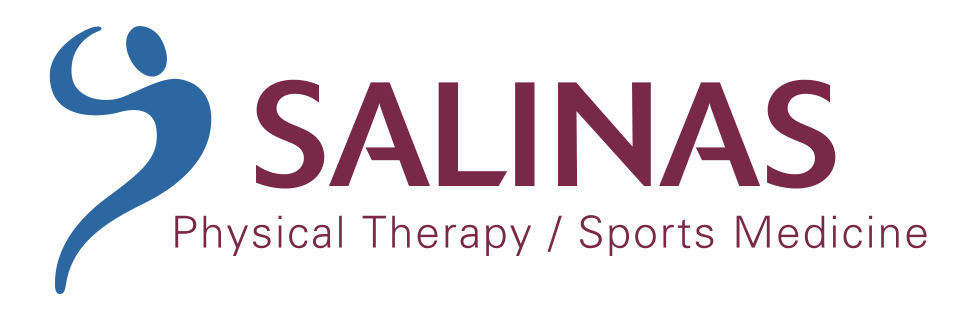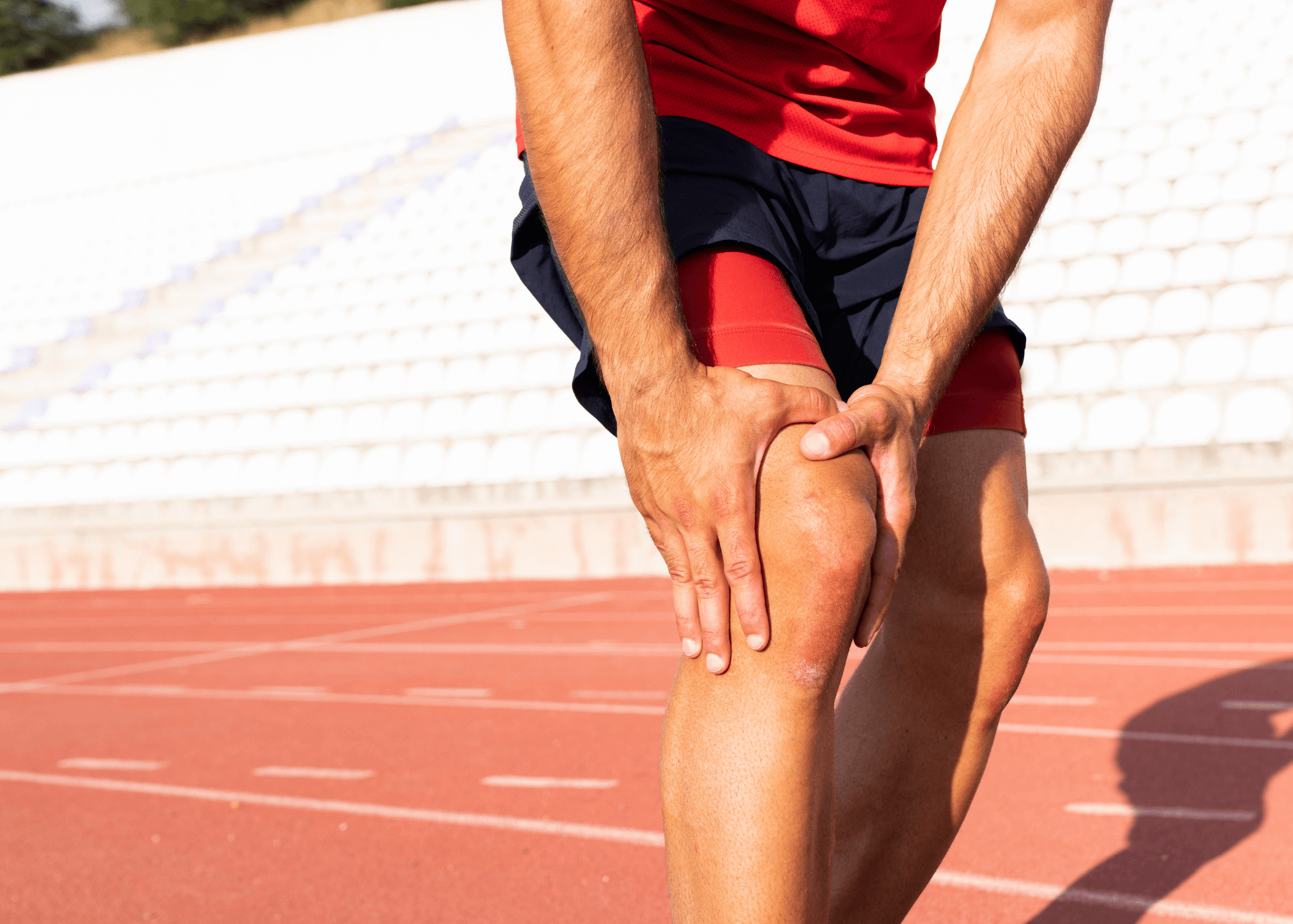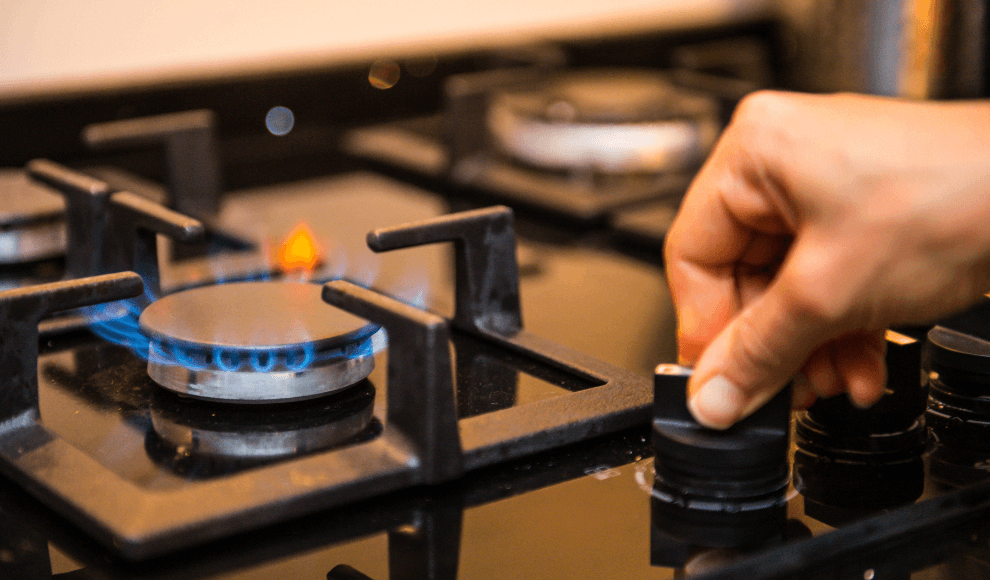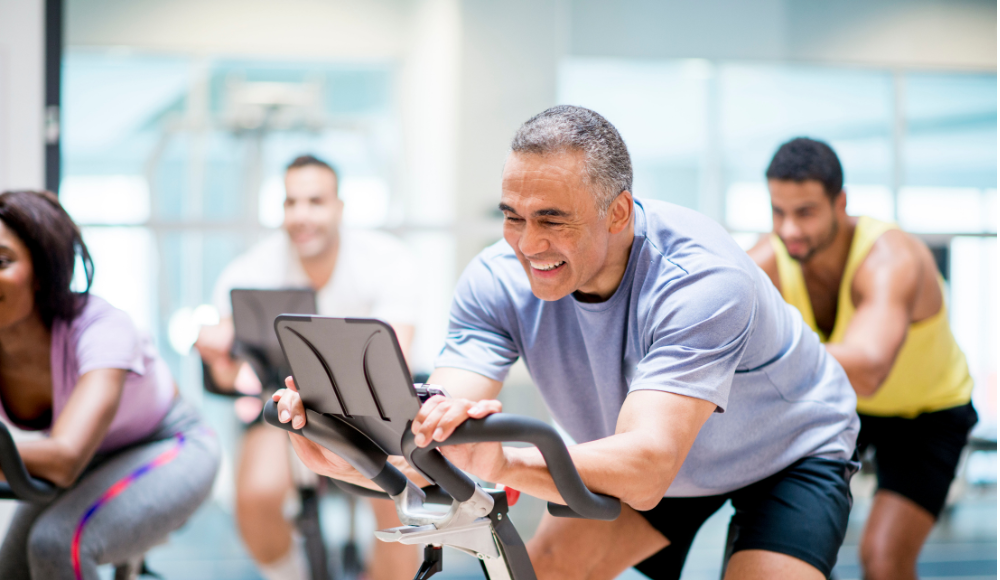Phone: (714) 695-1566
Fax: (714) 695-1553
Email: info@salinaspt.com
23655 Via Del Rio, Suite C
Yorba Linda, CA 92887

Phone: (714) 695-1566
Fax: (714) 695-1553
Email: info@salinaspt.com
23655 Via Del Rio, Suite C
Yorba Linda, CA 92887


Ruben Salinas is the founder and president of Salinas PT.
Overuse injuries are among the most common causes of injury in adult and youth sports. A good example is the current epidemic of Tommy John surgeries in baseball pitchers, which is skyrocketing. What used to be a rare procedure in the 80’s has drastically increased over the years and now affects younger athletes. It has been determined that one of the main factors is youth early specialization and pitching year-round in baseball. But don’t be confused; overuse injuries are not limited to just athletes. Any repetitive movement can lead to an injury if the warning signs are ignored.
Before discussing the causes of overuse injuries, we need to understand the term pain as it relates to injury. Merriam-Webster defines pain as:
The term pain represents a broad spectrum of sensations. Consider pain as a signal your body sends to your brain to protect you from harm. That being said, not all pain should be treated equally. Here are some examples:

When you touch a hot stove, your body instinctively pulls away by sending a “pain” signal to your brain to prevent further injury.

Sitting at a desk for an extended period makes it familiar for your back and neck to hurt. Your body is sending a signal of “pain” that lets your brain know the skeletal system is being strained, and you need to adjust your position to prevent further injury.
Overuse injuries are gradual by nature. They start with slight discomfort, aching, or tingling sensations after activity. When the warning signs are ignored, any level of exercise can aggravate the symptoms or limit activity altogether. Here are some of the warning signs to pay attention to:
Well, that depends on a variety of situations that a physical therapist can help identify for you. Here are some signals that you shouldn’t ignore:
Repetitive motion disorders (RDM’s) are muscular conditions resulting from repetitive motions or repeated daily activities. These disorders are caused by overuse, unnatural or unsupported movements like twisting, incorrect sitting posture, improper lifting, and unbalanced muscle use. Even tasks that may seem harmless like playing the violin, sitting at a desk, or scanning items as a grocery clerk, can lead to injury if the warning signs are ignored.
Youth sports have evolved from child-driven, recreational free play for enjoyment to adult-driven, highly structured, deliberate practice devoted to skill development. While intense training can be beneficial for skill development, most will suggest delaying early specialization until late adolescence to minimize injury, psychological stress, and burnout. One of best examples of this concept takes place in youth baseball. Some coaches and parents believe the more you train in a sport-specific skill, the better you will become. While that may be true for skill development, this is a perfect recipe for overuse injuries.
Overuse injuries can occur with any repetitive movement. Excessive loading, incomplete recovery and under-preparedness can increase the risk. Overuse injuries can affect bones, muscles, tendons, and ligaments. Most overuse injuries appear in the form of general stress, inflammation, and tendonitis. As the condition progresses, symptoms can present with any activity level, and eventually, the symptoms limit or restrict activity.
Inadequate rest can be considered one of the leading causes of overuse injuries. From long innings on the pitching mound to repetitive tasks such as typing, your muscles, tendons, and ligaments require time to recover from stress. Adequate rest allows your body to rebuild tissue creating a greater tolerance to load in the future. Conditions like golfers elbow, tennis elbow, and stress fractures in runners are all examples of overuse injuries.

Pain is a warning signal that should not ignored. The adage “no pain, no gain” doesn’t apply to overuse injuries. Some of the keys to preventing overuse injuries is ensuring that you warm up your body correctly before participation. Your fitness level must be adequate to handle your sport’s demands or activity level. Learning the proper mechanics – pitching, swinging a golf club or hitting a backhand in tennis – should be understood. The most important lesson is to allow your body adequate time to recover. The recovery part of an exercise or sports participation is just as important as the exercise.
If you have pain and believe you might have an overuse injury, don’t hesitate to contact our office. We can help evaluate your condition, analyze your movement, offer suggestions, and develop a plan to keep you participating in your desired activity without limitations from pain.